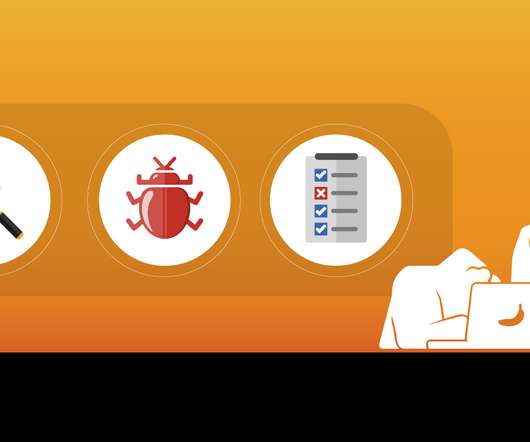Well-tested code: in search of meaningful coverage
CircleCI
OCTOBER 11, 2021
For this reason, it’s essential to follow a proper set of techniques when writing test cases. Your testing methodology is just as important as any part of your software’s architecture. Let’s explore some standard testing techniques and discuss how to ensure your code is well-tested. Testing techniques.















Let's personalize your content